Product successfully added to your shopping cart
There are 0 items in your cart. There is 1 item in your cart.
Last blog articles
PANTONE Color of the Year 2026: Cloud Dancer, the White That Signals a Fresh Sta -
A Musical Christmas: Classics and Jazz to Celebrate with the Family -
How to Cut Cheese and Create the Perfect Cheese Board for Your Christmas Table -
Celebrate and Offer - Christmas gift ideas -
Goodwill: The Magic of Christmas in Pieces That Tell Stories -
5 simple tips to a sustainable kitchen
Published : 01/16/2021
Categories : Let yourself be Inspired

Nowadays, sustainability is a very important topic. Changing mentalities and habits never was so urgent. The biggest sins against sustainability happen in the kitchen. From food waste to excessive use of disposable packaging, there are some actions that could make the difference. Check here five steps to have a sustainable kitchen:
1. Buy Local
Imported food products involve a higher energy cost regarding conservation and transportation. They are not produced on the season, which implies a quality and freshness loss.
If possible, opt for seasonal food, buy local products and preferably choose bulk purchasing. When you go shopping use glass jars and cloth bags and avoid disposable plastic bags. Check here our alternative to disposable plastic bags.
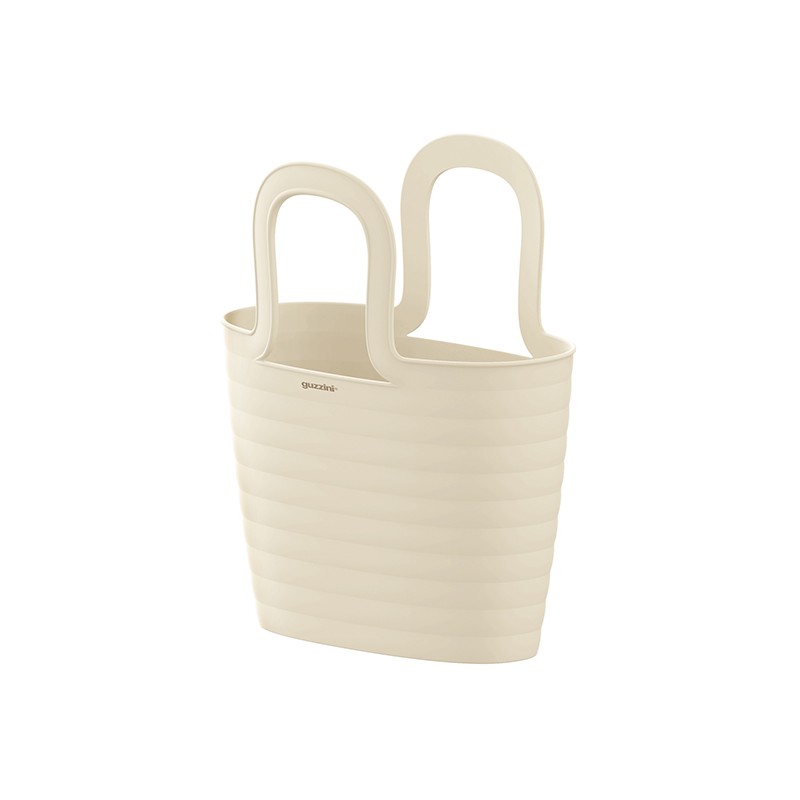
2. Avoid food waste and plan meals
Food waste is one of the biggest causes of pollution in our kitchens. Each year, in England, more than 9.5 million tons of food is wasted and in the world 1,3 thousand billion tons. Planning meals and making the most of food products are two ways quite effective to reduce this problem.
Plan your meals at the beginning of every week and avoid buying if you have at home yet. Having food organized in glass jars is a great way to always know what you need (or don't need) to buy.
Don't waste: use the vegetable scraps to make awesome stocks, citrus peel to make tea, yesterday’s bread to toasts, bruschettas, or breadcrumb. The ripe fruit can be used for juices or frozen for smoothies. More sustainable and healthy.
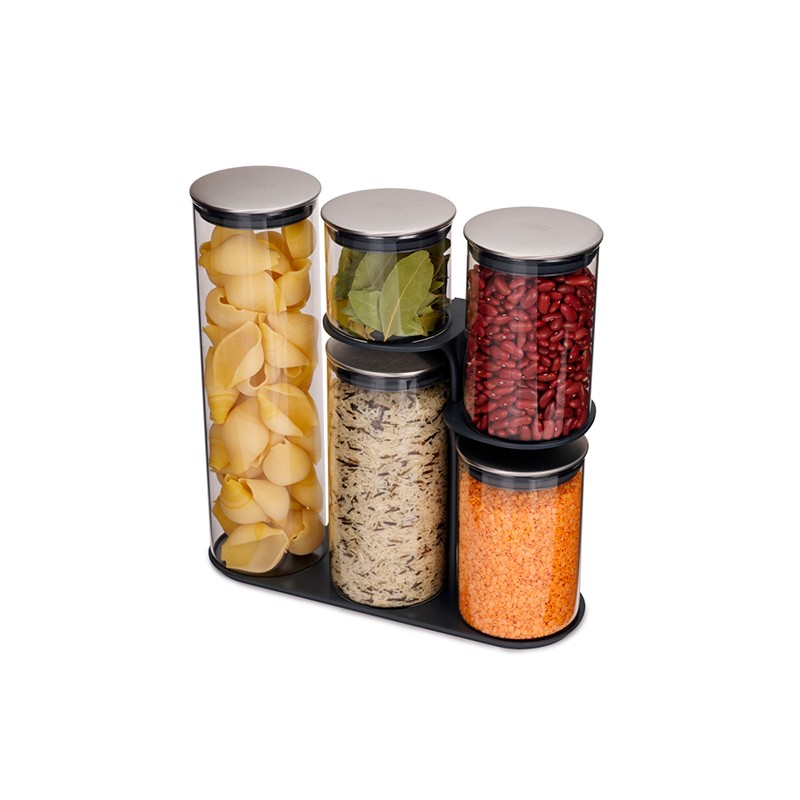
3. Replace disposable products
A sustainable kitchen asks for a replacement of the most frequently used disposable products for reusable and eco-friendly products. Find out here some sustainable options:
Keep a large quantity of food (leftovers): glass containers, replacing cling film;
Seal bowls on the fridge (jelly bowl): silicone lids, replacing cling film;
Keep one product (half onion, half lemon, etc.): flexible lids, replacing cling film;
Freeze food (sliced vegetables): reusable freezing bags replacing disposable freezing bags;
Cooking meat or desserts in the oven (quiche, cookies, etc.): silicone baking mat, replacing baking parchment paper;
Wrap up snacks to go (sandwiches, cookies): silicone bags, replacing aluminum foil;
Replace paper napkins: cloth napkins;
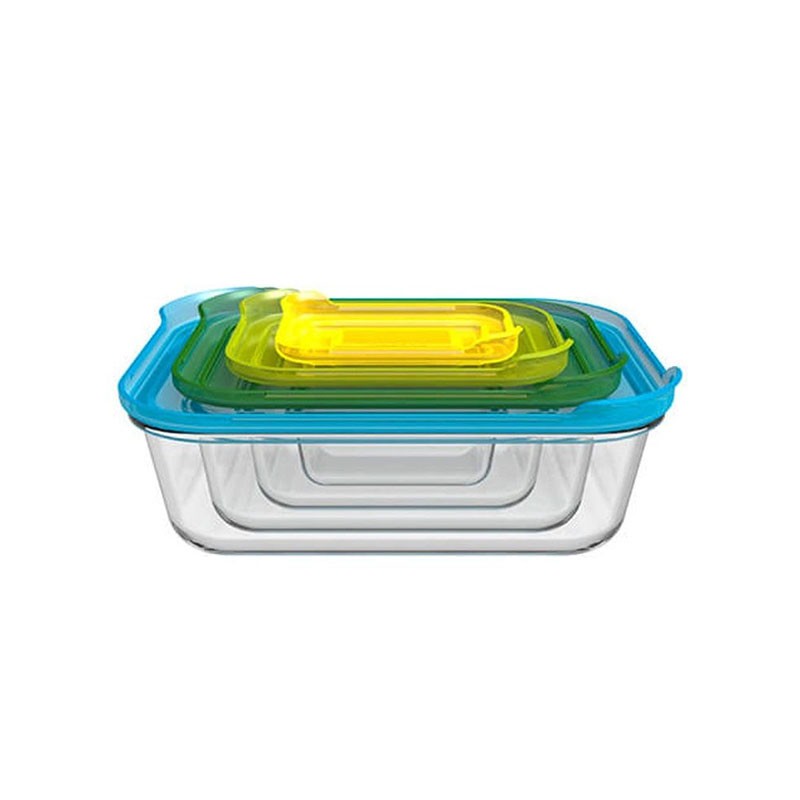
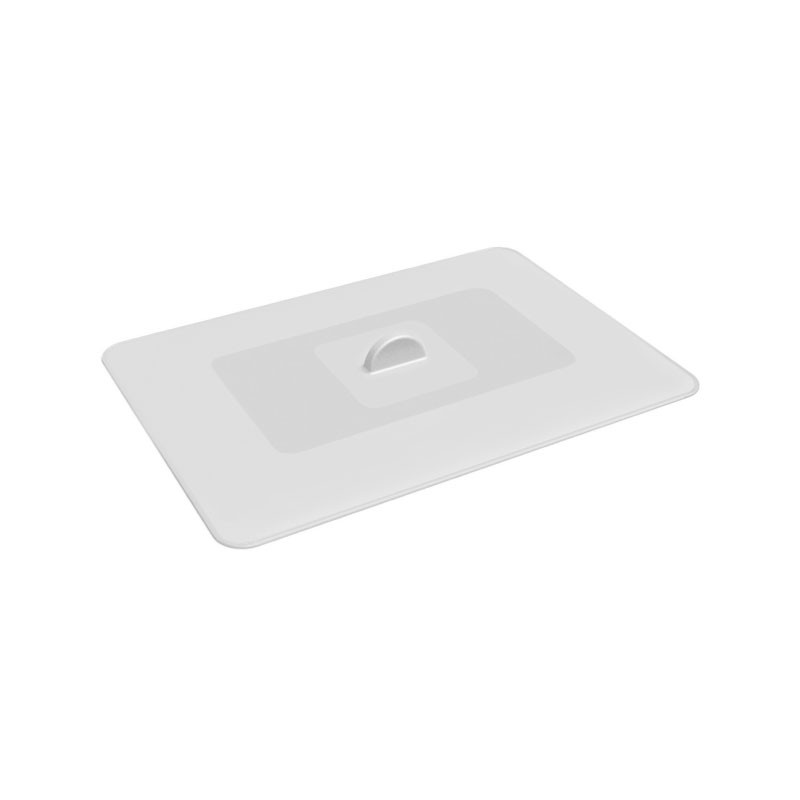
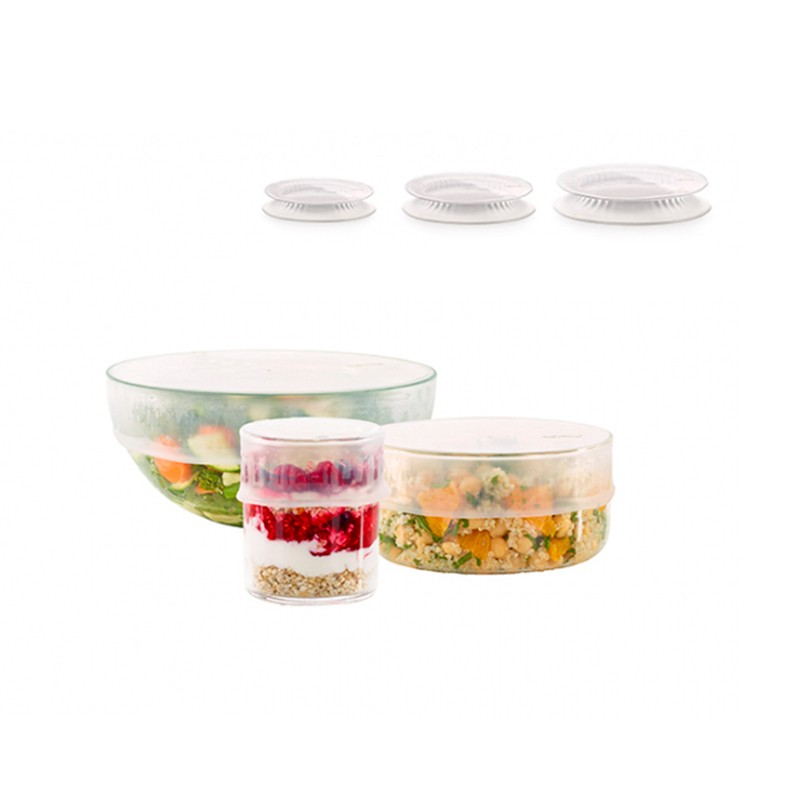
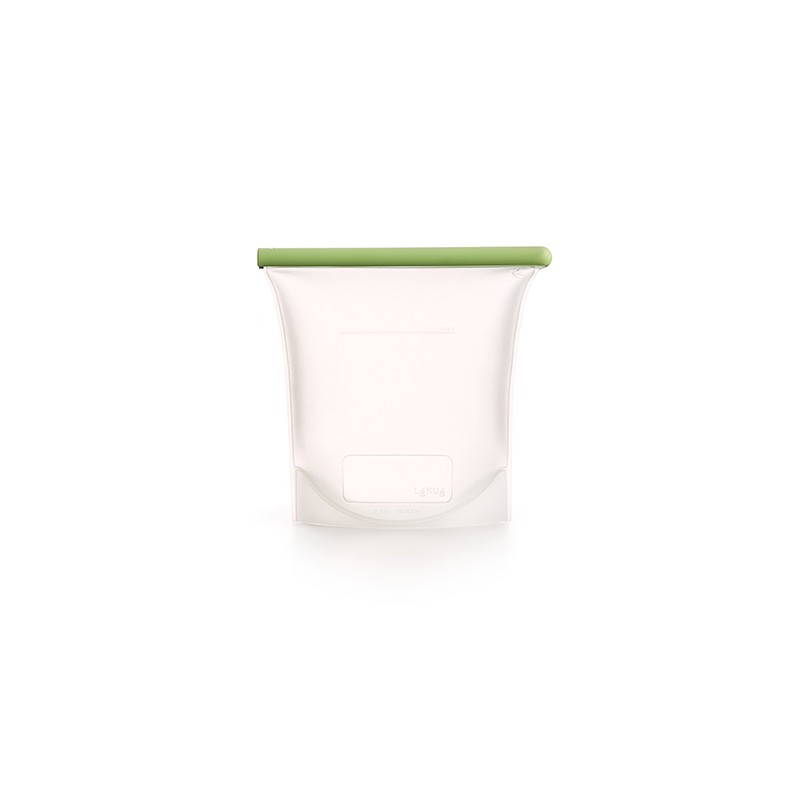
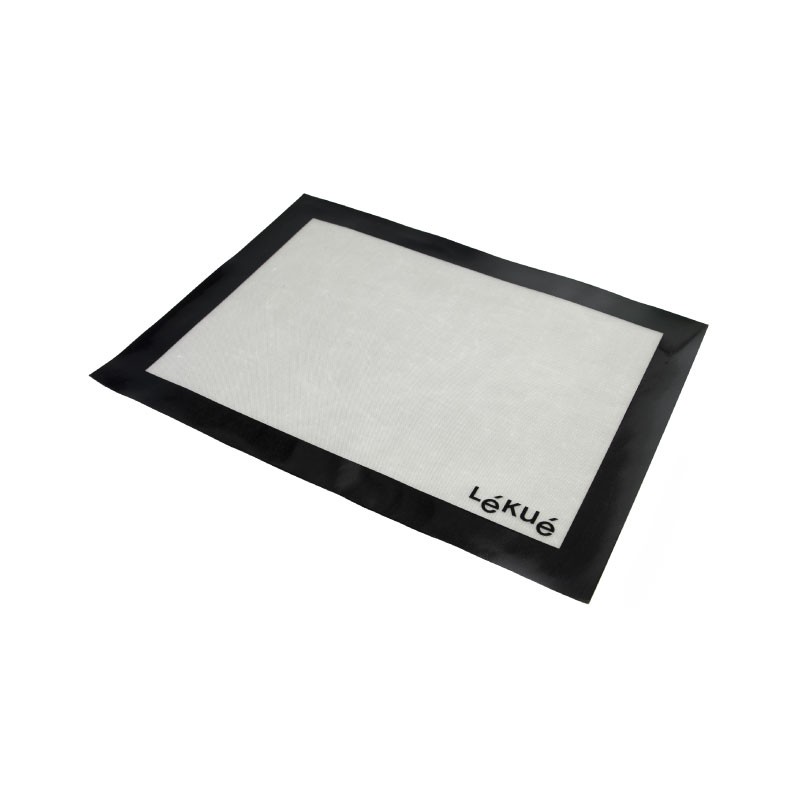
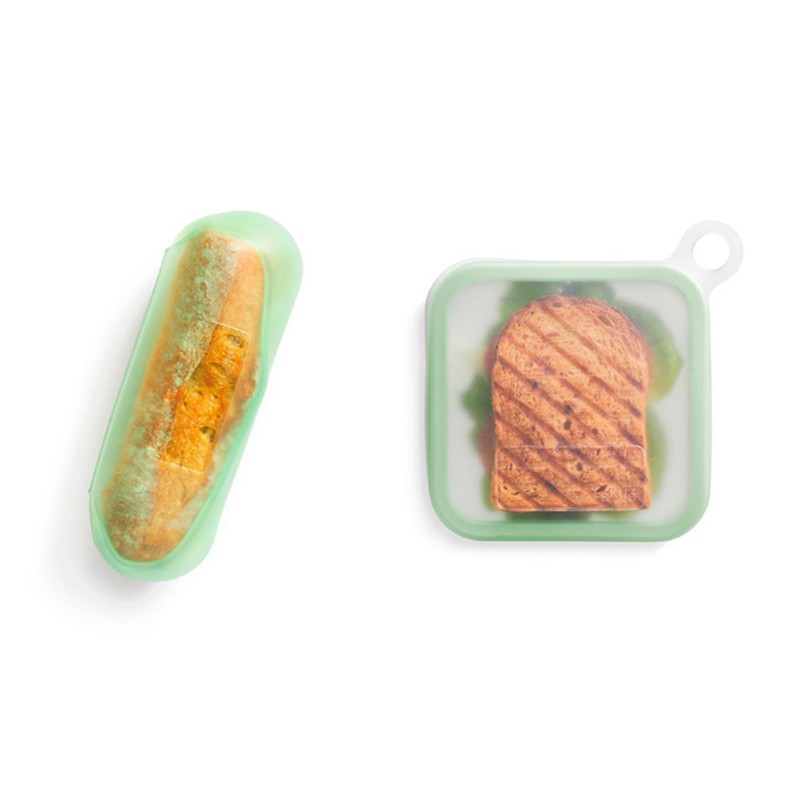
4. Use the dishwasher
One of the most heard myths, when we talk about a sustainable kitchen, is that hand washing dishes uses less water and energy. In a normal or automatic program, the dishwasher uses, on average, 13 liters of water by cycle. Hand washing implies using, on average, 60 liters.
If you have the tap open for more than 2 minutes while you wash the dishes, you're spending more water than you need. Save time, get a wash more effective, and significantly lower costs using the dishwasher. Be environmentally friendly, save money and don't pre-wash.
5. Recycling
The main goal should be to reduce the waste and reuse what you can, for example, glass jars. It's the most effective way to have a sustainable kitchen. Then, recycle the remaining residues. Separate the paper, the plastic, the glass, and organic waste. Take a look at compact recycle bins in In&Out Cooking or read more about them in this article.
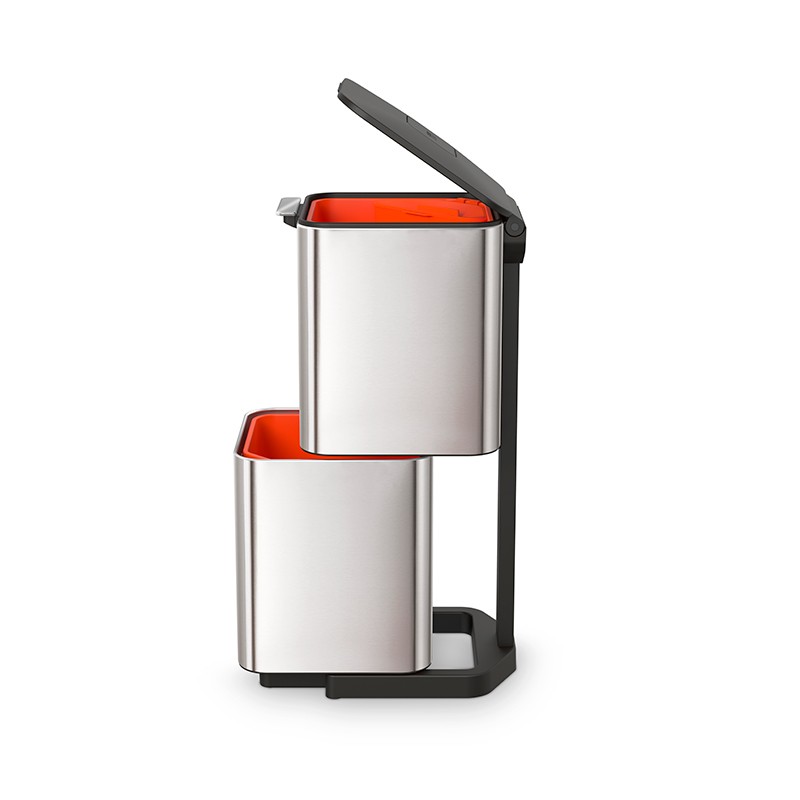
By following these tips you are increasingly closer to the ideal of a sustainable kitchen! Never forget that the most important is to start a more sustainable path with small attitudes that together could make the difference.
It's important to say that, when you buy, buy quality utensils, with durable materials to avoid waste and that's why In&Out cooking is in your life, to offer you high quality and excellent items.
Re-Think & Organize and don't forget that your habits don't talk but say a lot about you!
Feeling better is so simple!
